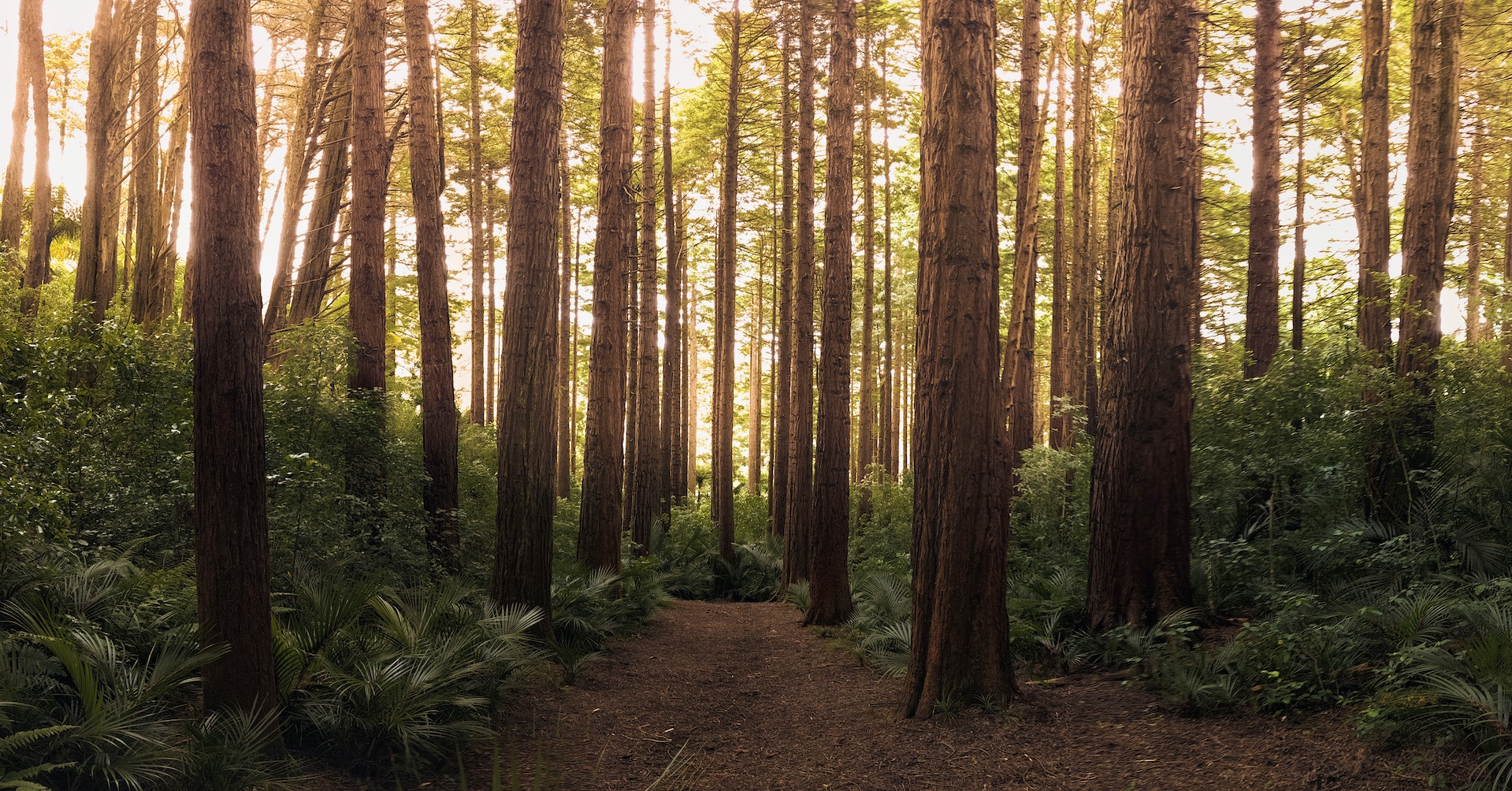
Landscape Restoration – Some Facts You Need To Know
When considering landscape restoration, there are many factors to consider before starting the process. Among them are biodiversity, ecosystem stability, and productivity. These factors will help you decide the best landscape restoration Southern California project for your location. In this article, we’ll look at some of these factors.
Ecosystem Stability
Ecosystem stability is the ability of a landscape to withstand disturbances and recover quickly. The more species present in an ecosystem, the more stable it is. For example, a forest with a high percentage of American chestnut species is more stable than one without, which has important implications for commercial value.
To restore ecosystems, we must study the effects of spatial patterns on ecological processes. Ecosystems are important for providing essential services to all species, and restoring them can help protect biodiversity and mitigate climate change. We can do this by restoring ecosystems at the landscape scale. Moreover, restoring these areas may help species shift their ranges, adapt to climate change, and preserve biodiversity.
Landscape restoration is a long-term endeavor. It requires the active participation of the local communities living within the landscape. This democratic, bottom-up approach is critical for the success of the restoration.
Productivity
Increasing the productivity of degraded landscapes is a major global priority. However, the lack of secure land tenure creates disincentives for restoration. To reduce the disincentives, policies must encourage and coordinate restoration activities. In addition to policies, it is important to set clear, achievable goals for landscape restoration.
Using landscape-scale models, we can assess the best ways to restore ecosystem services while minimizing costs. Moreover, we can design restoration methods that are adapted to different types of landscapes and attract diverse types of landowners. For instance, a conservation-oriented restoration plan can focus on native species and other less-productive non-native species that sequester less carbon than fast-growing non-native species, providing better habitat for local wildlife.
Restoring landscapes requires a combination of passive methods and active techniques. Passive methods include dispersal from nearby sources and in situ regeneration. A key strategy for passive landscape restoration is to minimize the over-browsing of desirable plants to minimize competition for seedlings. Other methods of restoring landscapes include outplanting and direct seeding.
Resilience
The concept of resilience in landscape restoration refers to the ability of a system to recover quickly from disturbances. Ecosystems are subject to natural and human-caused disturbances. They also undergo long-term stressors like sediment supply and nutrient enrichment. This can have negative consequences on ecosystem resilience.
This concept can be applied in several settings, ranging from urban to rural areas. Resilience in a single equilibrium system is measured in terms of the speed with which it can regain equilibrium after a disturbance. In contrast, resilience in a multiple-equilibrium system is measured in terms of the magnitude of disturbance.
Land restoration projects can help build long-term resilience by providing new opportunities for local people and youth. This can help them become entrepreneurs and environmental stewards. These projects can also be economically beneficial for local communities.
Conservation of Biodiversity
Biodiversity conservation in landscape restoration can help mitigate biodiversity loss, restore functional habitat and increase genetic diversity. This process can be used in degraded forests or various other interacting ecosystems. But the relationship between restoration and biodiversity conservation remains complex. Some restoration methods may not be suitable for certain habitats and environments, while others might benefit from sub-optimization.
Unfortunately, many pro-biodiversity actions still need to impact global biodiversity trends significantly. These efforts are ungainly and compete with other global priorities. Nonetheless, the condition of biodiversity and ecosystems is critical, as habitat degradation and loss threaten billions of people’s lives and livelihoods.
Cost
Cost-benefit analysis is an important tool for landscape restoration because it helps prioritize projects. The results are used to develop strategizing plans and allocate resources. However, studies focusing on the cost-benefit analysis of landscape restoration are limited.
The costs of landscape restoration are usually incurred before benefits are realized. Landscape restoration is an organic process that evolves over years or even decades. It requires additional investment, which is then repaid by increasing land value.
